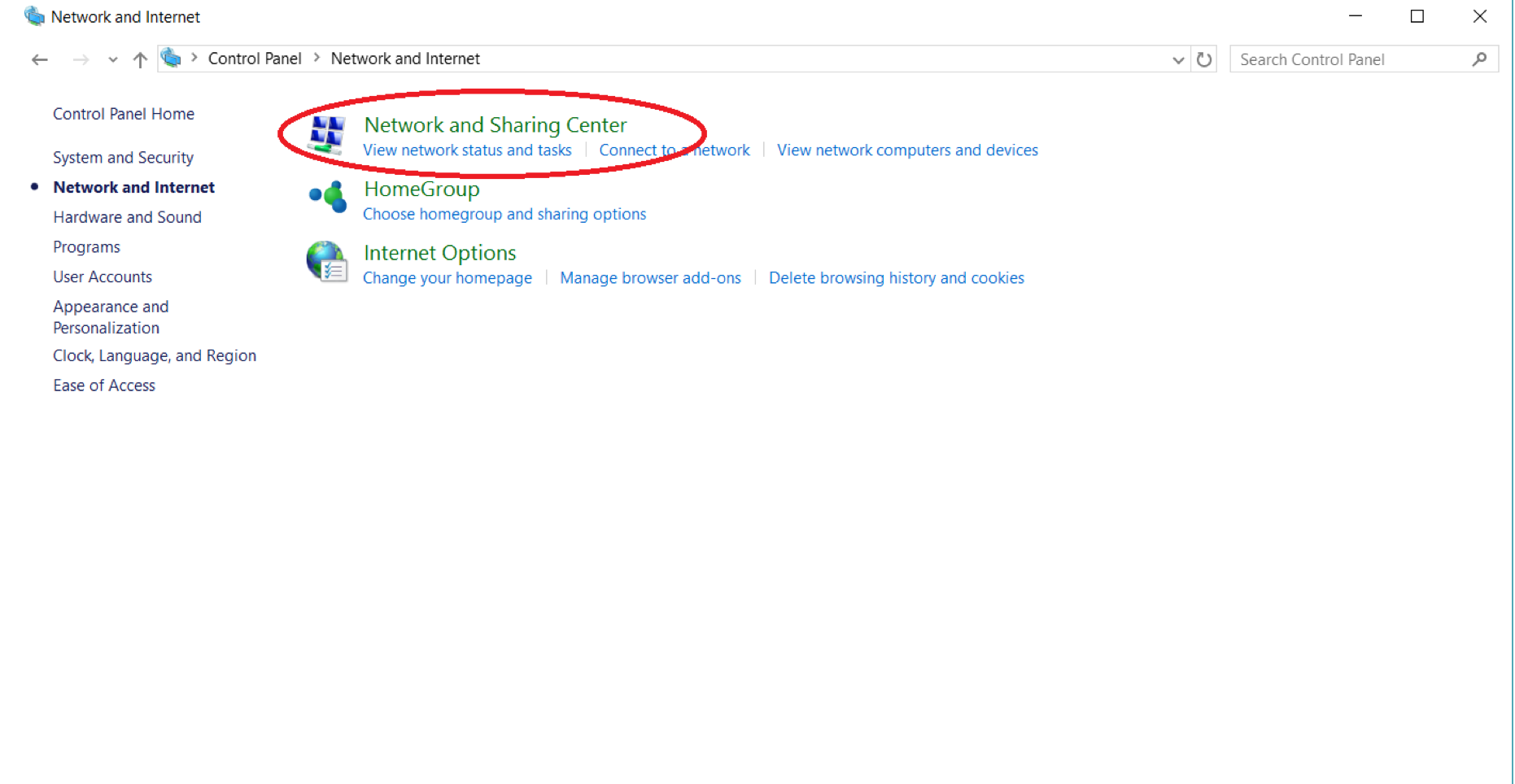What is Wireless Roaming?
Access Points
To understand what roaming is, you first have to know what device makes the software function necessary.
If you are only used to household internet setups, the idea of roaming might be a little strange to think about. In your house you have your router, which you connect to, and that’s all you need to do. You may have the option of choosing between 2.4GHz and 5GHz channels, however that’s as complicated as it can get.
Now imagine that your house is very large, let’s say the size of UMass Amherst. Now, from your router in your living room, the DuBois Library, it might be a little difficult to connect to from all the way up in your bedroom on Orchard Hill. Obviously in this situation, the one router will never suffice, and so a new component is needed.
An Access Point (AP for short) provides essentially the same function as a router, except that multiple APs used in conjunction project a Wi-Fi network further than a single router ever could. All APs are tied back to a central hub, which you can think of as a very large, powerful modem, which provides the internet signal via cable from the Internet Service Provider (ISP) out to the APs, and then in turn to your device.
On to Roaming
So now that you have your network set up with your central hub in DuBois (your living room), and have an AP in your bedroom (Orchard Hill), what happens if you want to go between the two? The network is the same, but how is your computer supposed to know that the AP in Orchard Hill is not the strongest signal when you’re in DuBois. This is where roaming comes in. Based on what ‘aggressiveness’ your WiFi card is set to roam at, your computer will test the connection to determine which AP has the strongest signal based on your location, and then connect to it. The network is set up such that it can tell the computer that all the APs are on the same network, and allow your computer to transfer your connection without making you input your credentials every time you move.
What is Roam Aggressiveness?
The ‘aggressiveness’ with which your computer roams determines how frequently and how likely it is for your computer to switch APs. If you have it set very high, your computer could be jumping between APs frequently. This can be a problem as it can cause your connection to be interrupted frequently as your computer authenticates to another AP. Having the aggressiveness set very low, or disabling it, can cause your computer to ‘stick’ to one AP, making it difficult to move around and maintain a connection. The low roaming aggression is the more frequent problem people run into on large networks like eduroam at UMass. If you are experiencing issues like this, you may want to change the aggressiveness to suit your liking. Here’s how:
How to Change Roam Aggressiveness on Your Device:
First, navigate to the Control Panel which can be found in your Start menu. Then click on Network and Internet.
From there, click on Network and Sharing Center. 
Then, you want to select Wi-Fi next to Connections. Note: You may not have eduroam listed next to Wi-Fi if you are not connected or connected to a different network.
Now, select Properties and agree to continue when prompted for Administrator permissions.
After selecting Configure for your wireless card (your card will differ with your device from the one shown in the image above).
Finally, navigate to Advanced, and then under Property select Roaming Sensitivity Level. From there you can change the Value based on what issue you are trying to address.
And that’s all there is to it! Now that you know how to navigate to the Roaming settings, you can experiment a little to find what works best for you. Depending on your model of computer, you may have more than just High, Middle, Low values.
Changing roaming aggressiveness can be helpful for stationary devices, like desktops, too. Perhaps someone near you has violated UMass’ wireless airspace policy and set up and hotspot network or a wireless printer. Their setup may interfere with the AP closest to you, and normally, it could cause packet loss, or latency (ping) spiking. You may not even be able to connect for a brief time. Changing roaming settings can help your computer move to the next best AP while the interference is occurring, resulting in a more continuous experience for you.


